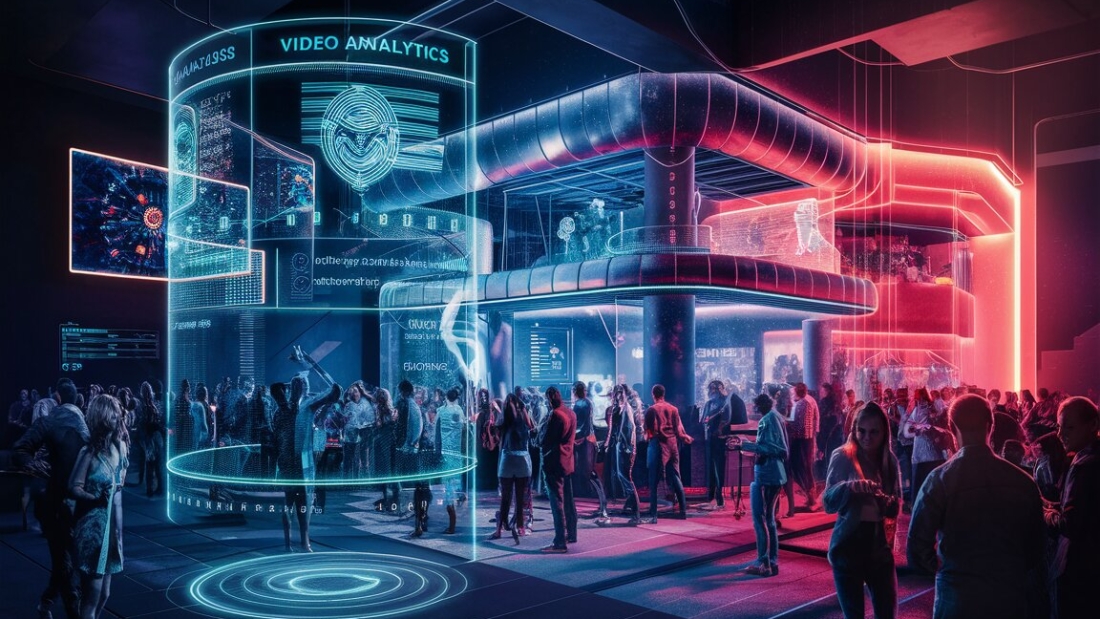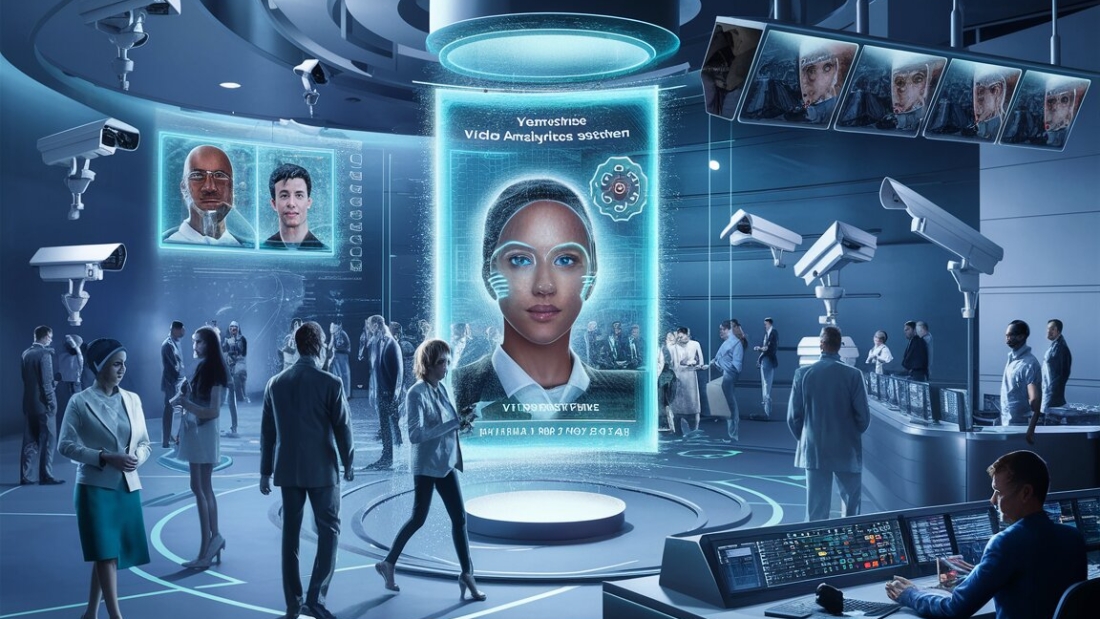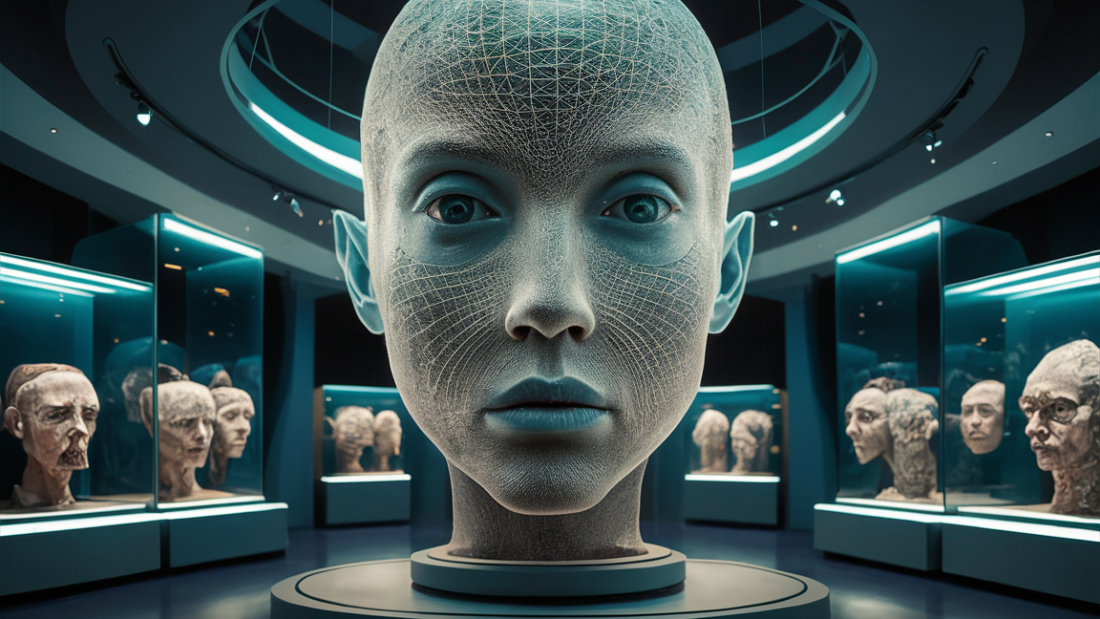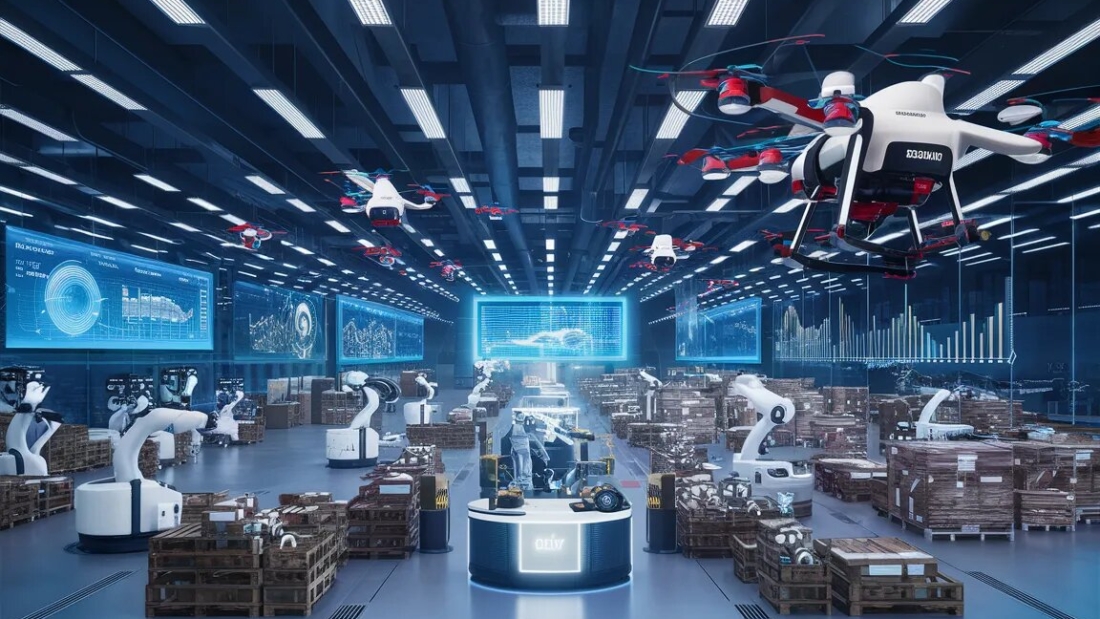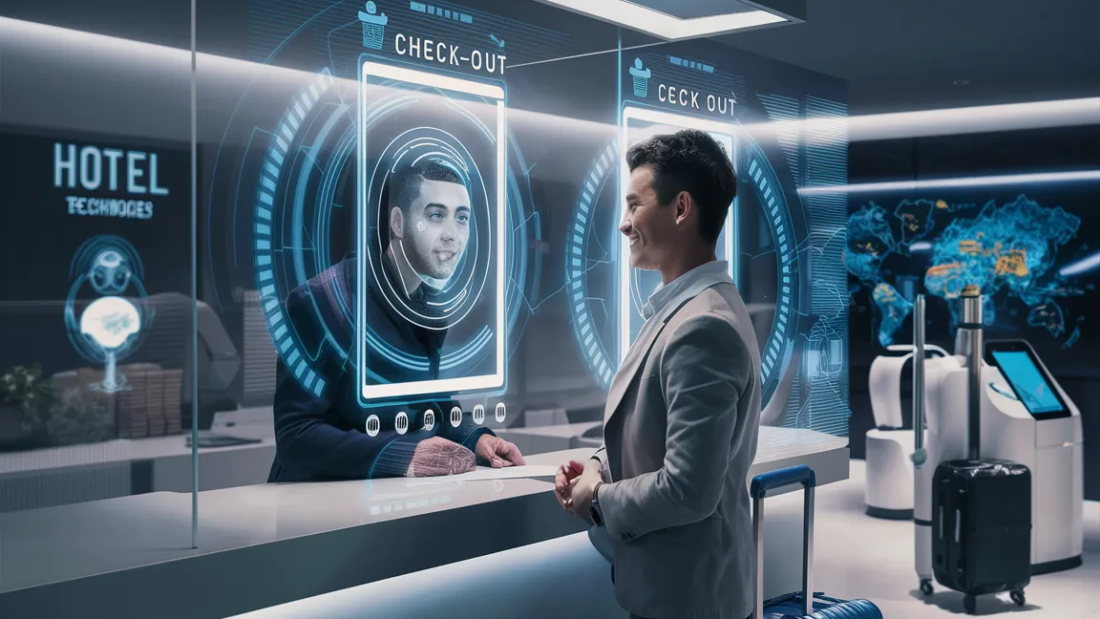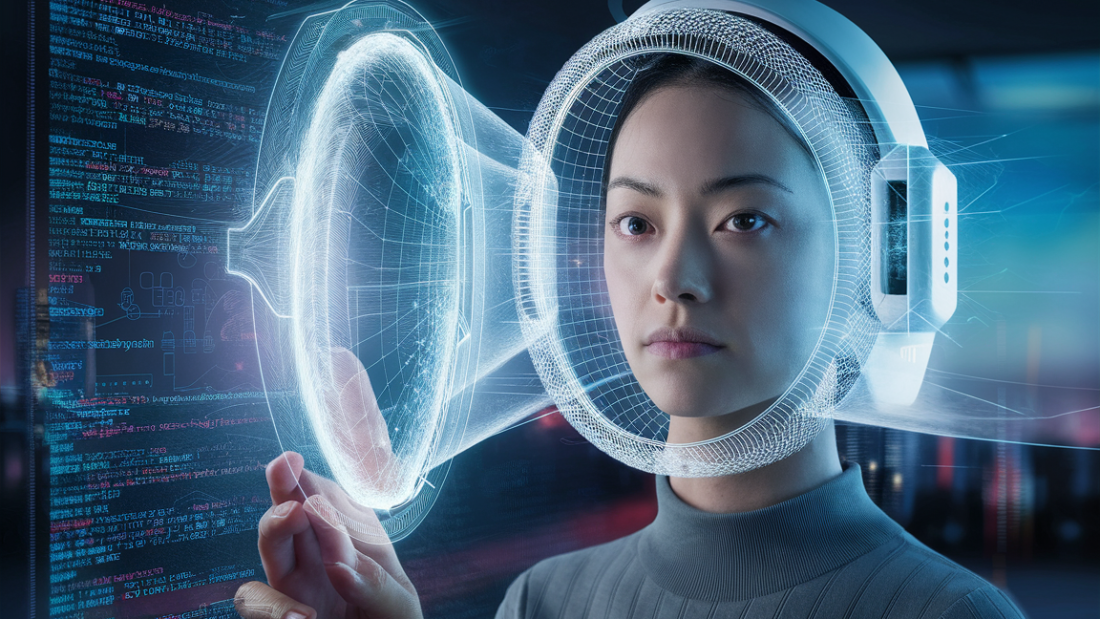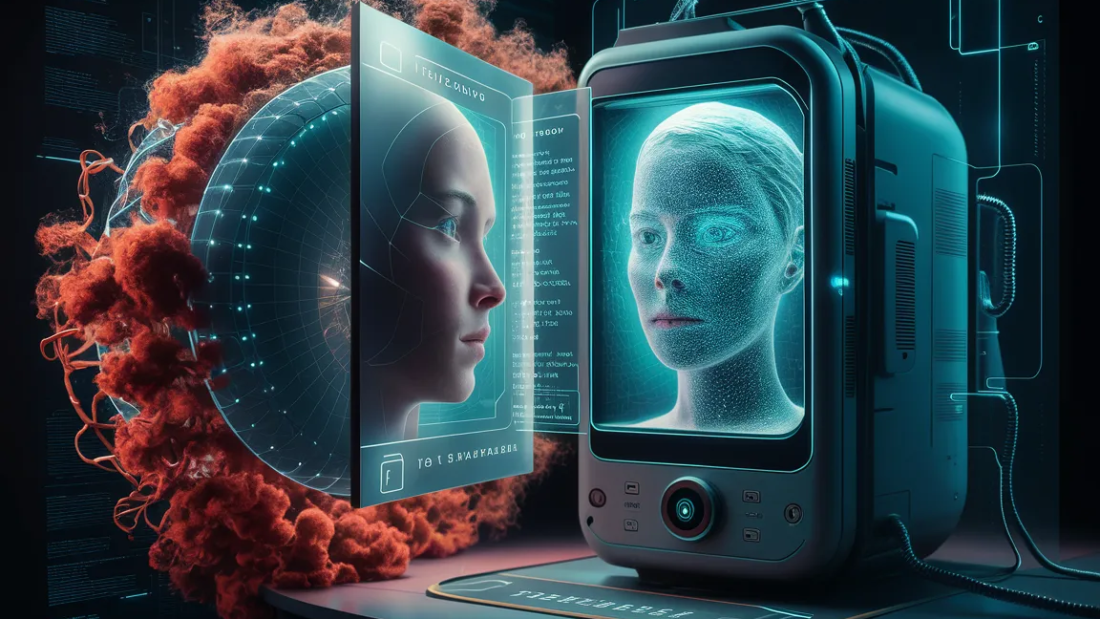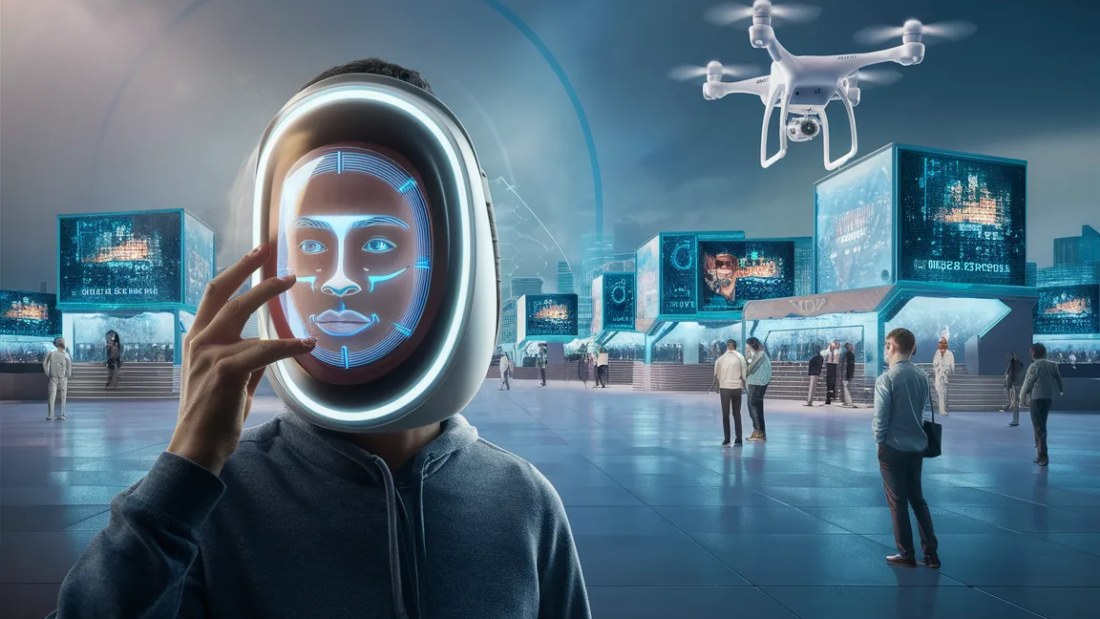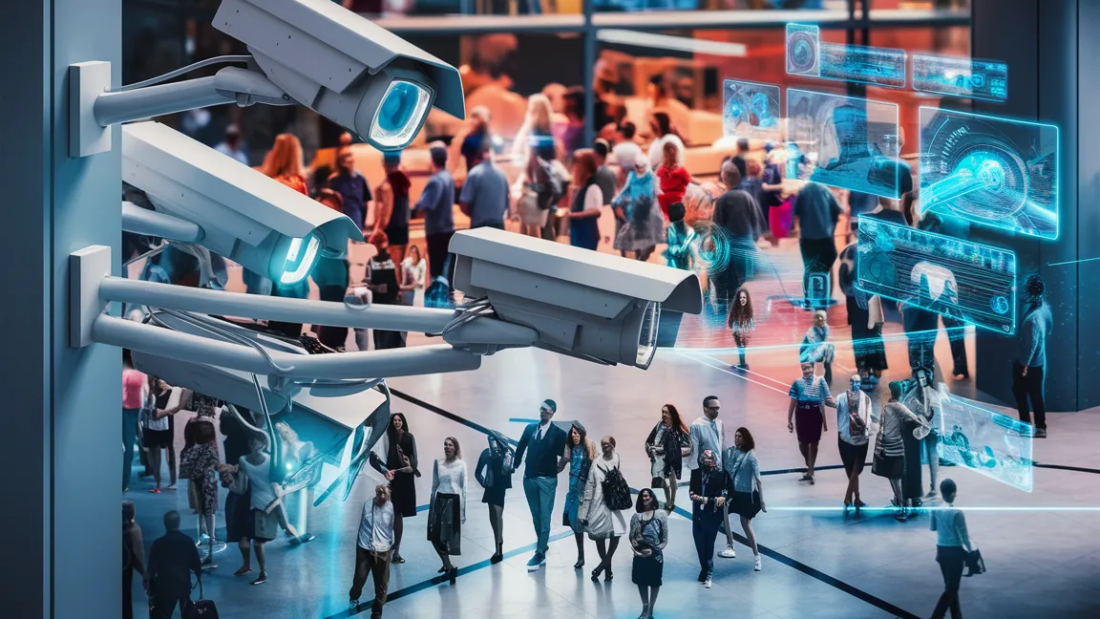In the fast-paced digital landscape, understanding user behavior is key. Video analytics, including surveillance, tracking, computer vision, and metadata, offers invaluable insights into viewer engagement, preferences, and trends. By leveraging data-driven decisions, businesses can optimize content strategies for maximum impact. From tracking views to analyzing drop-off points, video analytics empowers creators to refine their storytelling and enhance audience retention. This technology not only measures performance but also uncovers actionable metrics to drive growth and success. Stay ahead of the curve with video analytics and unlock the potential to elevate your content game.
Key Takeaways
Utilize Video Analytics: Implement video analytics to enhance security and operational efficiency in nightclubs.
Prioritize Safety Measures: Address nightclub safety challenges by leveraging video analytics to monitor crowds, detect incidents, and ensure a secure environment.
Maximize Operational Benefits: Harness the power of video analytics to optimize staffing, layout, and customer experience within nightclubs.
Embrace Technological Advancements: Stay abreast of technological innovations in video analytics to stay ahead of potential security threats and operational inefficiencies.
Learn from Success Stories: Draw inspiration from real-world examples where video analytics have successfully improved safety and operations in nightclubs.
Plan for the Future: Stay proactive in overcoming challenges and adapting video analytics solutions to meet evolving needs in the nightclub industry.
Understanding Video Analytics
Definition
Video analytics is a system that processes and interprets data from videos for analysis to extract meaningful insights for various purposes.
It plays a crucial role in today’s digital world by enabling businesses to understand customer behavior, enhance security measures, optimize operational efficiency, and utilize video analytics solutions.
Working Mechanism
Video analytics work by analyzing video content through advanced algorithms to identify patterns, trends, and anomalies, for surveillance and tracking using cameras. They track key metrics such as viewer engagement, demographics, and viewing duration.
By employing techniques like object detection, facial recognition, and motion tracking, video analytics provide valuable data for surveillance applications that can be used to improve decision-making processes across industries.
Business Decision-Making
In the realm of business, video analytics serves as a powerful tool for enhancing decision-making processes. By tracking customer interactions with video content through surveillance cameras, businesses can gain insights into consumer preferences and behaviors.
This information can be utilized for applications such as tracking, to tailor marketing strategies, improve product offerings, and enhance overall customer experience. Moreover, video analytics help in measuring the effectiveness of marketing campaigns by tracking metrics like conversion rates and click-through rates.
Benefits
Improved Customer Insights: Video analytics enable businesses to gain a deeper understanding of their target audience’s preferences and behaviors.
Enhanced Security: By utilizing video analytics for surveillance purposes, organizations can enhance security measures and prevent potential threats more effectively.
Role in Decision-Making
Video analytics from cameras play a pivotal role in informing strategic decisions within organizations in real time. By providing real-time data on customer interactions and market trends, businesses can make informed choices that drive growth and profitability.
Nightclub Safety Challenges
Security Personnel
Nightclubs often face physical security challenges due to large crowds, potential altercations, cameras, subject detection, and analytic. Security personnel play a crucial role in maintaining order and preventing incidents.
Security staff must be well-trained to handle various situations effectively. They are responsible for monitoring the premises, diffusing conflicts, and ensuring the safety of patrons.
Alarms & Access Control
One of the significant challenges in nightclub safety is managing alarms effectively. False alarms can lead to security breaches or desensitize staff to real threats.
Implementing robust access control measures is essential to regulate entry and exit points. This helps prevent unauthorized individuals from entering restricted areas.
Impact of Technology
The integration of technology, such as video analytics and cameras, has revolutionized security in nightclubs. Video analytics systems can detect suspicious behavior, monitor crowd density, and identify potential risks.
By leveraging video analytics, nightclub owners can proactively address safety concerns before they escalate. These systems provide real-time insights that enable security teams to respond promptly to any issues.
Importance of Addressing Safety Issues
Ensuring a safe environment in nightclubs is paramount for the well-being of patrons and staff alike. Addressing safety challenges not only prevents incidents but also enhances the overall experience for guests.
Video Analytics in Action
Industry Applications
Retail: Retailers use video analytics with camera detection to track customer behavior, optimize store layouts, and analyze foot traffic patterns for better marketing strategies.
Healthcare: Hospitals employ video analytics solutions to monitor patient movements, ensure staff compliance with hygiene protocols, and enhance overall operational efficiency.
Transportation: In the transportation sector, intelligent video analytics help manage traffic flow, detect accidents in real-time, and improve road safety through automated monitoring systems.
Diverse Applications
Video analytics extend beyond security purposes. For instance, in retail settings, it aids in assessing product placement effectiveness and customer engagement levels. In education, institutions utilize video content analysis to enhance teaching methods and student performance assessment.
Moreover, the technology finds applications in sports for player performance analysis and audience engagement enhancement. By leveraging algorithm analytics, sports teams can gain valuable insights into player strategies and game dynamics for competitive advantage.
Data-Driven Insights
Implementing video analytics software provides organizations with a treasure trove of data for informed decision-making. By analyzing video footage, businesses can identify trends, consumer preferences, and operational inefficiencies to streamline processes and boost profitability.
The ability of video surveillance systems to capture crucial information like customer demographics or traffic patterns empowers businesses to tailor their services effectively. This leads to improved customer satisfaction and increased revenue streams.
Benefits Galore
Enhanced Security: Leveraging video analytics for motion detection ensures prompt responses to potential threats.
Operational Efficiency: Through analytics software, businesses can optimize workflows based on real-time insights.
Cost Savings: By utilizing video management software, companies reduce manual labor costs associated with traditional surveillance methods.
Benefits for Nightclubs
Enhanced Security
Video analytics systems in nightclubs offer enhanced security through real-time monitoring and alerts for suspicious activities. They can detect unauthorized access, fights, or other security threats, enabling quick responses to ensure patron safety.
Improved Customer Experiences
Implementing video analytics in nightclubs leads to improved customer experiences by analyzing crowd behavior and preferences. By tracking popular areas and peak hours, clubs can optimize services, layout, and music choices for a better customer experience.
Cost-Saving Measures
Cost-saving benefits of video analytics include efficient resource allocation based on peak hours and foot traffic analysis. Nightclubs can reduce operational costs by optimizing staff schedules and energy consumption during quieter periods.
Technological Innovations
AI Advancements
Artificial intelligence (AI) has revolutionized video analytics by enabling systems to automatically analyze vast amounts of footage. By leveraging deep learning algorithms, AI can accurately detect and track objects in real-time.
Machine learning plays a crucial role in enhancing video analytics capabilities through the development of sophisticated models that can recognize complex patterns and behaviors. These advancements have significantly improved the accuracy and efficiency of security systems in various domains.
Future Developments
The future of video analytics technology holds promising prospects with ongoing research and development in the field. One key area of focus is enhancing the automation of video analysis processes to streamline operations and reduce the workload on human operators.
With the integration of domain knowledge into video analytics software, future systems are expected to exhibit enhanced understanding of specific environments, leading to more precise detection of incidents such as theft or traffic violations. This integration will enable video analytics systems to provide actionable insights for improved decision-making.
Potential Applications
The applications of advanced video analytics technology extend beyond security systems to various sectors such as transportation and retail. In vehicles, video analytics can enhance driver assistance systems by detecting potential hazards and alerting drivers in real-time.
Moreover, the integration of AI-driven algorithms in retail environments can provide valuable insights into customer behavior and preferences. By analyzing customer interactions with products, retailers can optimize store layouts and marketing strategies for increased sales.
Overcoming Challenges
Technical Hurdles
Video analytics solutions often face technical challenges related to data processing and storage capacities. Implementing these systems requires robust infrastructure to handle the vast amounts of video data efficiently.
To overcome such obstacles, companies can invest in scalable cloud-based approaches for video analytics. Cloud solutions offer flexibility, scalability, and cost-effectiveness, enabling businesses to process and analyze video data effectively.
Operational Obstacles
One of the major operational challenges in video analytics is ensuring accurate identification and recognition of objects or individuals in videos. This task can be complex due to variations in lighting conditions, angles, and image quality.
A practical strategy to address this challenge is through continuous training of the video analytics system. By regularly updating the system with new data and refining algorithms, businesses can enhance object recognition accuracy over time.
Maximizing Effectiveness
To maximize the effectiveness of video analytics systems, businesses must focus on optimizing management processes. Efficient workflow management ensures that tasks are allocated correctly, reducing bottlenecks and improving overall system performance.
Furthermore, integrating AI-driven behavior analysis into video analytics solutions can provide valuable insights into customer preferences and trends. This approach helps businesses tailor their offerings based on real-time data.
Best Practices
Regularly update software and firmware to ensure optimal system performance.
Conduct routine maintenance checks to prevent hardware malfunctions.
Implement encryption protocols to secure sensitive video data.
Collaborate with IT experts to develop customized solutions for specific business needs.
Real-World Success Stories
Retail Innovations
In the realm of video analytics, retail businesses have seen remarkable improvements in operations. By analyzing specific events captured on video, stores can optimize product placements and enhance customer experiences. For instance, a major retailer used video analytics to track customer movements in-store, leading to a 15% increase in sales.
Security Enhancements
The implementation of video analytics has revolutionized security measures across various industries. In physical stores, card reading results combined with video footage have significantly reduced theft incidents. By cross-referencing suspicious activities with a robust subject database, businesses can swiftly identify and address security threats.
False Alarm Reduction
One of the key benefits of video analytics is the reduction of false alarms in security systems. Through advanced algorithms, businesses can distinguish between genuine threats and harmless activities. This precision not only enhances overall security but also minimizes disruptions caused by unnecessary alerts.
Operational Efficiency
Video analytics have become instrumental in enhancing operational efficiency for businesses worldwide. By leveraging real-time data insights, organizations can streamline processes and make informed decisions promptly. This proactive approach has led to substantial cost savings and improved resource allocation.
Healthcare Advancements
In the healthcare sector, video analytics have played a crucial role in patient care and facility management. Hospitals utilize video surveillance to monitor patient movements and ensure staff adherence to protocols. This technology has proven vital in enhancing patient safety and optimizing workflow efficiencies.
Looking Forward
Future Trends
Video analytics is evolving rapidly, with an increasing interest in leveraging AI for enhanced insights. In the coming years, we can expect a surge in facial recognition technology within video analytics systems.
The integration of AI-driven facial recognition will enable more precise subject identification and tracking. This advancement will significantly enhance the accuracy of identifying individuals in videos, leading to improved event monitoring and security measures.
Impact of Emerging Technologies
The future of video analytics lies in the incorporation of advanced technologies like pose detection and speed analysis. These innovations will revolutionize how surveillance systems operate, providing real-time alerts for suspicious activities or anomalies.
By incorporating these cutting-edge technologies, video analytics systems will be able to detect specific behaviors or movements that may indicate potential threats. This proactive approach will not only enhance security measures but also streamline response times to critical events.
Integration Possibilities
The synergy between video analytics and other emerging technologies such as IoT and Big Data holds immense potential. By integrating video analytics with IoT devices, businesses can create smart zones that trigger alerts based on predefined criteria.
This integration can be particularly beneficial in retail environments, where analyzing customer behavior through video analytics can lead to personalized marketing strategies. Combining video analytics with Big Data allows for deeper insights into consumer preferences and trends, enabling businesses to make data-driven decisions.
Closing Thoughts
You’ve delved into the realm of video analytics in nightclub safety, uncovering its benefits, technological advancements, and real-world applications. By understanding how this tool enhances security measures, you can see the potential it holds for creating safer nightlife environments. The success stories shared here illustrate the tangible impact video analytics can have on ensuring patron well-being and operational efficiency within nightclubs.
As you move forward, consider integrating video analytics into your nightclub’s security strategy to stay ahead of safety challenges. Embrace these technological innovations to overcome obstacles and enhance your venue’s overall safety standards. By leveraging video analytics effectively, you can not only address current security concerns but also proactively mitigate risks, creating a secure and enjoyable experience for all patrons.
Frequently Asked Questions
What is video analytics?
Video analytics is the process of analyzing and interpreting data from video footage to gain insights into viewer behavior, patterns, and trends. It helps businesses make informed decisions based on data-driven insights.
How can video analytics benefit nightclubs?
Video analytics in nightclubs can enhance security by monitoring crowd behavior, identifying potential risks, and ensuring a safe environment. It also provides valuable insights for operational efficiency and customer experience improvements.
What are some technological innovations in video analytics?
Technological advancements in video analytics include AI-powered algorithms for real-time analysis, facial recognition for enhanced security, object tracking for behavior analysis, and integration with IoT devices for comprehensive data collection.
How can businesses overcome challenges in implementing video analytics?
To overcome challenges in implementing video analytics, businesses should invest in user-friendly solutions, provide adequate training to staff, ensure data privacy compliance, and continuously optimize the system based on feedback and evolving needs.
Can you share a real-world success story of using video analytics?
One success story involves a retail chain that used video analytics to optimize store layouts based on customer movement patterns. By analyzing foot traffic data, they improved product placement strategies leading to increased sales and enhanced customer satisfaction.
